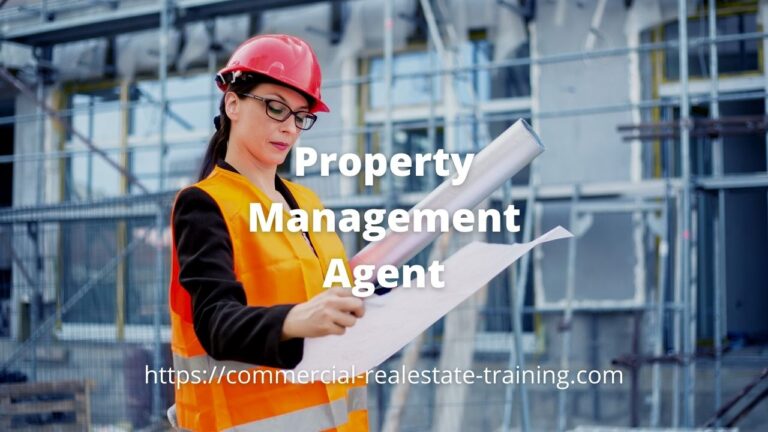Commercial Property Managers – How to Control Your Property Energy Costs
In managing a commercial building today you will come across plenty of challenges and frustrations with high property running costs and expenditure. Those outgoings will have an impact on property performance for the investors owning the asset. A large slice of property operating costs will be devoted to energy and energy consumption. The cost of energy in running an office building is typically between 25% and 30%. On that basis, energy costs are one of the bigger categories of operating costs in an investment property.
Energy will be used in many different ways through the common areas of the building and impact ‘common area outgoings’. For example energy will be used or impacted in each of the following categories:
- Lifts and escalators
- Common area lighting
- Air conditioning
- Security systems
- Communication systems
- Plant and equipment
- The size and complexity of the tenant mix
- The number of visitors to the property
- The hours of property operation
- The gross cost of energy and the buying power and savings available
The age of the plant and equipment in each case will have a lot to do with how energy is used and consumed. In most modern buildings and new building constructions many energy savings cycles will have been installed into the plant and equipment design. In older buildings it is really hard to achieve energy savings with equipment that cannot be effectively controlled and optimised. It is wise to do an outgoings audit.
Tips to Control Energy in Your Commercial Properties
Here are some recommendations to help you start a review of energy costs and create energy opportunities in your managed investment properties:
- Undertake an inventory of plant and equipment – Understand the complexity and issues the existing plant and equipment will provide with daily running costs and cycles. Talk to your maintenance contractors to see what savings have been achieved and what else can be done to save on energy costs with all segments of plant and equipment.
- Understand seasonal energy cycles – Energy use changes throughout the year between summer and winter operational cycles. The plant and equipment can usually be adjusted to run differently in each of the seasons.
- Review the way in which you purchase energy – Today the deregulation of energy sales can allow us to purchase energy at the best price and in the best way. Understand the peak demand periods of energy consumption in your building and then consider how you can buy power economically given property design and tenant use. Different energy suppliers could very well provide power purchasing options.
- Change lights to energy efficient fittings – In a large investment property, the common area lighting can be a real drain on power consumption. Look at the lighting systems and identify changes that you can implement with time cycles, after hours illumination, and lighting hardware.
- Review customer and tenant interaction – In any property asset, the numbers of tenants in the building and the frequency of customer access will impact lighting, air-conditioning, and lift or escalator use. At certain times of the day the intensity of people moving through or occupying your building will have a real impact on power consumption. Graph the power consumption in building common areas and with all elements of plant and equipment, so you can see peak periods of demand. You should also analyse your power for each day of the week over a 24 hour period. Extend and repeat the analysis for different seasons of the year. Soon you will see where all of your energy is consumed and why that is so.
Get your energy costs under control in running a commercial building. The benefits achieved for the property in lower energy running costs and outgoings are significant. Those well managed costs will then flow through to the landlord in a potential improved net rental return, and also the tenants in base occupancy costs. Your building can then be more attractive from a leasing and rental perspective.





